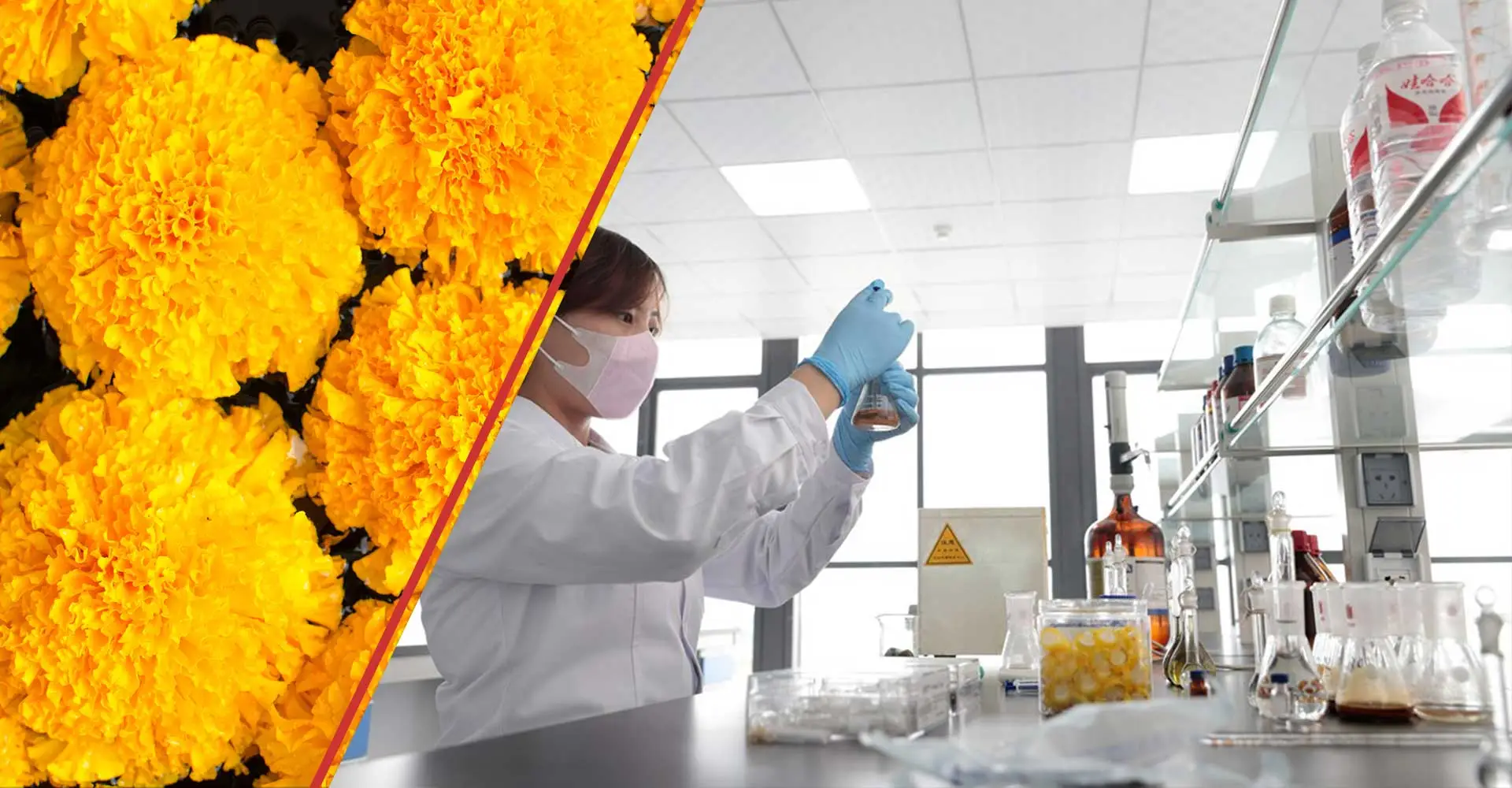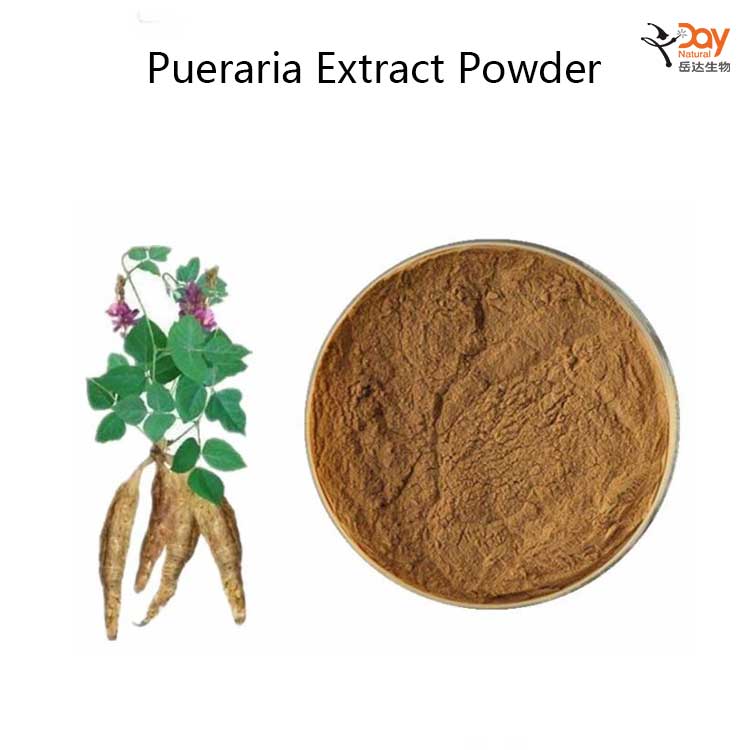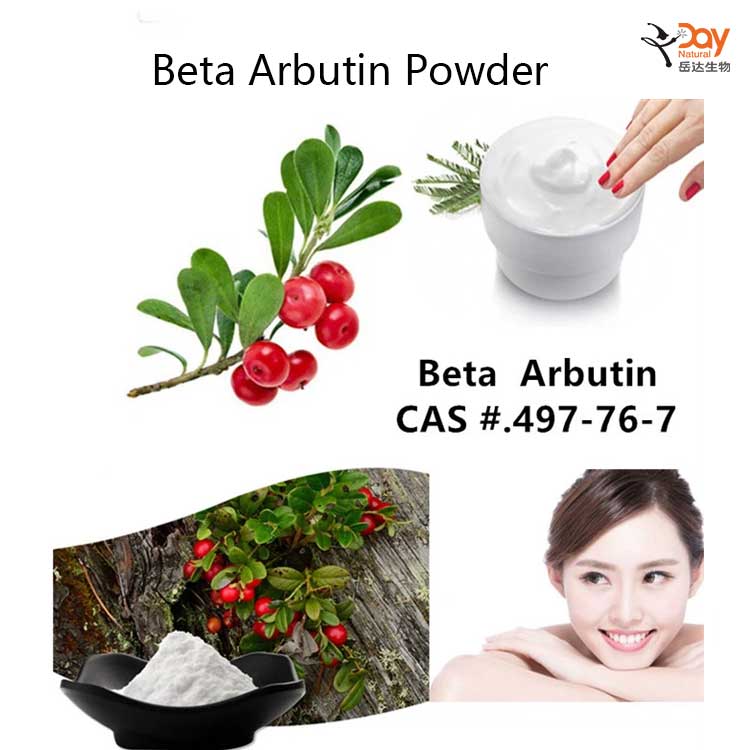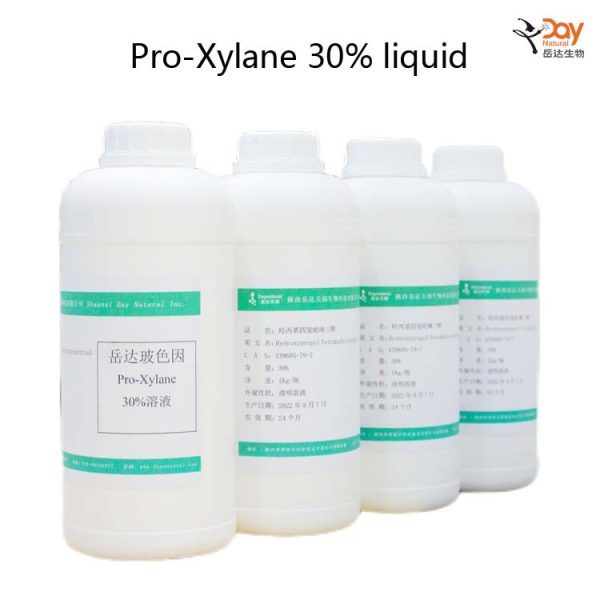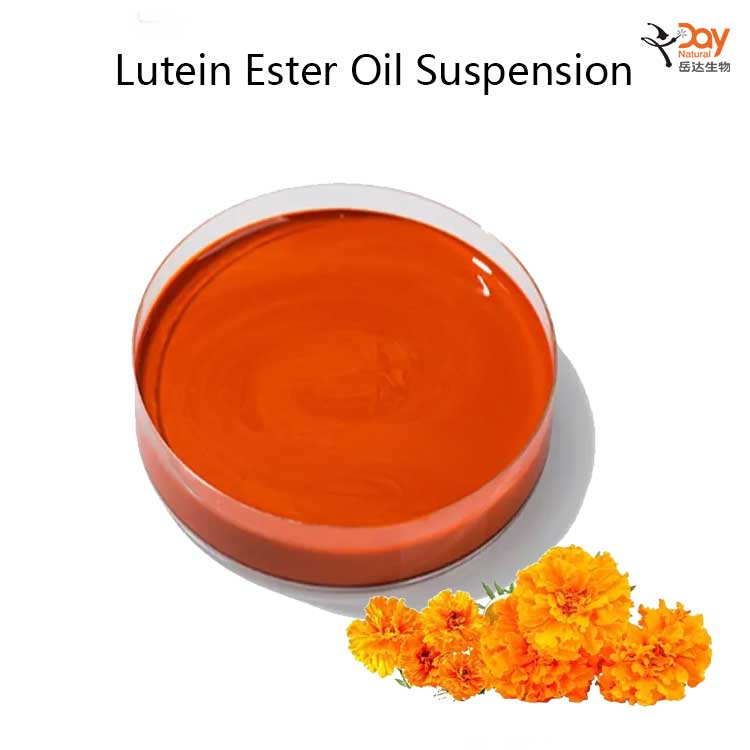Quality Natural Food Ingredients – Quality Life
Quality Plants
Ensure the traceability and authenticity of the origin of plant raw materials.
Certification
MUI Halal , SSPY Halal , Kosher , VeganSu , Certificate of Free Sale , FDA , MSDS , Test Report , GSV , HACCP, etc.
Rigorous Testing
HPLC/UV/TLC/GC/AAS is used to ensure that the content of its active ingredients meets the standards.
Large Inventory
The largest inventory of quality ingredients
We are Raw Material Specialists for …

Botanical Extracts
Nutriceutical Ingredients
High Quality Food Additives

Botanical Extracts
Natural Food Colorants
Food Grade Natural Colorants

Botanical Extracts
Pure Natural Sweetener
Food and Beverage Sweetener
Botanical and Natural Ingredient Testing Services

Your partner in botanical testing
Day Natural Testing Center
Botanical Purity / Potency Testing
Our testing procedures ensure that natural products are free of potential contaminants. Botanical purity testing is critical to ensure that products are safe for consumers. We can screen for many adulterants and botanical contaminants. The most common are mycotoxins (including aflatoxins and ochratoxins), multi-residue pesticides, residual solvents, heavy metals, and microbial contamination. Let us work together to ensure your natural products are free of impurities.

Handmade
High Grade Matcha
Top Grade Matcha

Pure Plant Extracts
Animal Feed Additive
Nutrition Ingredients For Animal Feed

Botanical Extracts
Cosmetic Materials
Whitening & Anti-Wrinkle Ingredients
Customized Services

Customization R&D
DayNatural has a professional R&D team and has worked with many top scientific research institutes and well-known universities to accumulate deep technical strength in the fields of separation technology, synthesis process and fermentation. We are happy to accept personalized product customization needs and look forward to your inquiries and cooperation.

Contract Manufacturing
DayNatural is equipped with an experienced production team and a series of advanced and complete production equipment. It can tailor production processes for customers, significantly improve production efficiency, complete production and processing work quickly and accurately, and help customers maximize production benefits.

Formulation ODM/OEM
DayNatural has brought together a team of senior formulation experts to provide comprehensive one-stop services from professional formulation design, precise and efficient premixing, advanced granulation technology, refined capsule filling, high-quality tableting, to personalized packaging and exclusive private label customization.
Featured Products
-
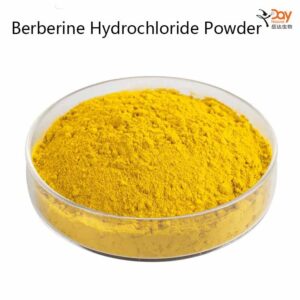 Pure Natural Coptis Chinensis Extract Berberine Hydrochloride Powder
Pure Natural Coptis Chinensis Extract Berberine Hydrochloride Powder -
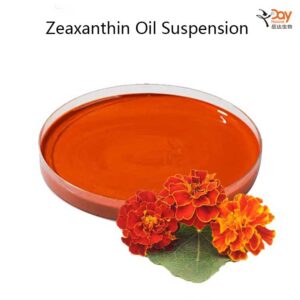 Zeaxanthin Oil Suspension From Marigold Extract
Zeaxanthin Oil Suspension From Marigold Extract -
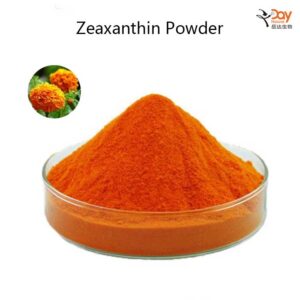 Zeaxanthin Powder From Marigold Extract
Zeaxanthin Powder From Marigold Extract -
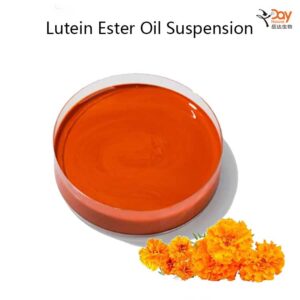 Lutein Ester Oil Suspension From Marigold Extract
Lutein Ester Oil Suspension From Marigold Extract -
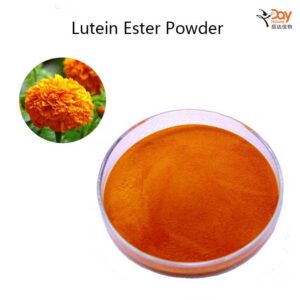 Lutein Esters Powder From Marigold Extract
Lutein Esters Powder From Marigold Extract -
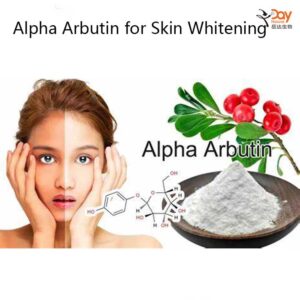 Alpha Arbutin Powder for Skin Whitening
Alpha Arbutin Powder for Skin Whitening -
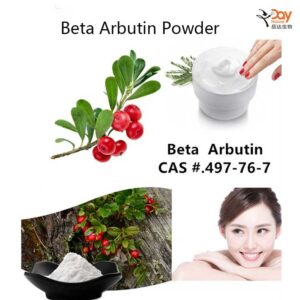 Beta Arbutin Powder Provide Formula Free
Beta Arbutin Powder Provide Formula Free -
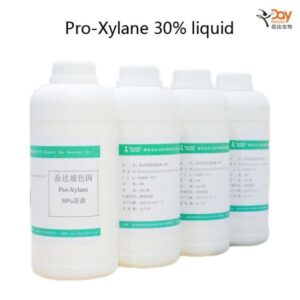 Pro-Xylane 30% liquid
Pro-Xylane 30% liquid
Natural Extract Ingredients Supplier
Your Business Partner
As our partner, you gain access to our expertise, top-quality products and our world-class customer service around the clock. Our team will work with you to fulfill orders that match your requirements, with top quality and reliability as our main criteria. We are committed to on-time production and fulfillment plans, to only provide the highest quality, consistent products and to support you throughout the entire process, from sourcing to final distribution. This is the basis for partnership and long-term cooperation in the research, planning and production of phytomedicines, cosmetics or other products.
Best wishes for your business !

Send an Enquiry
Reach out if you’re considering high-quality ingredients, developing new products, or tackling a manufacturing challenge with your raw materials.



